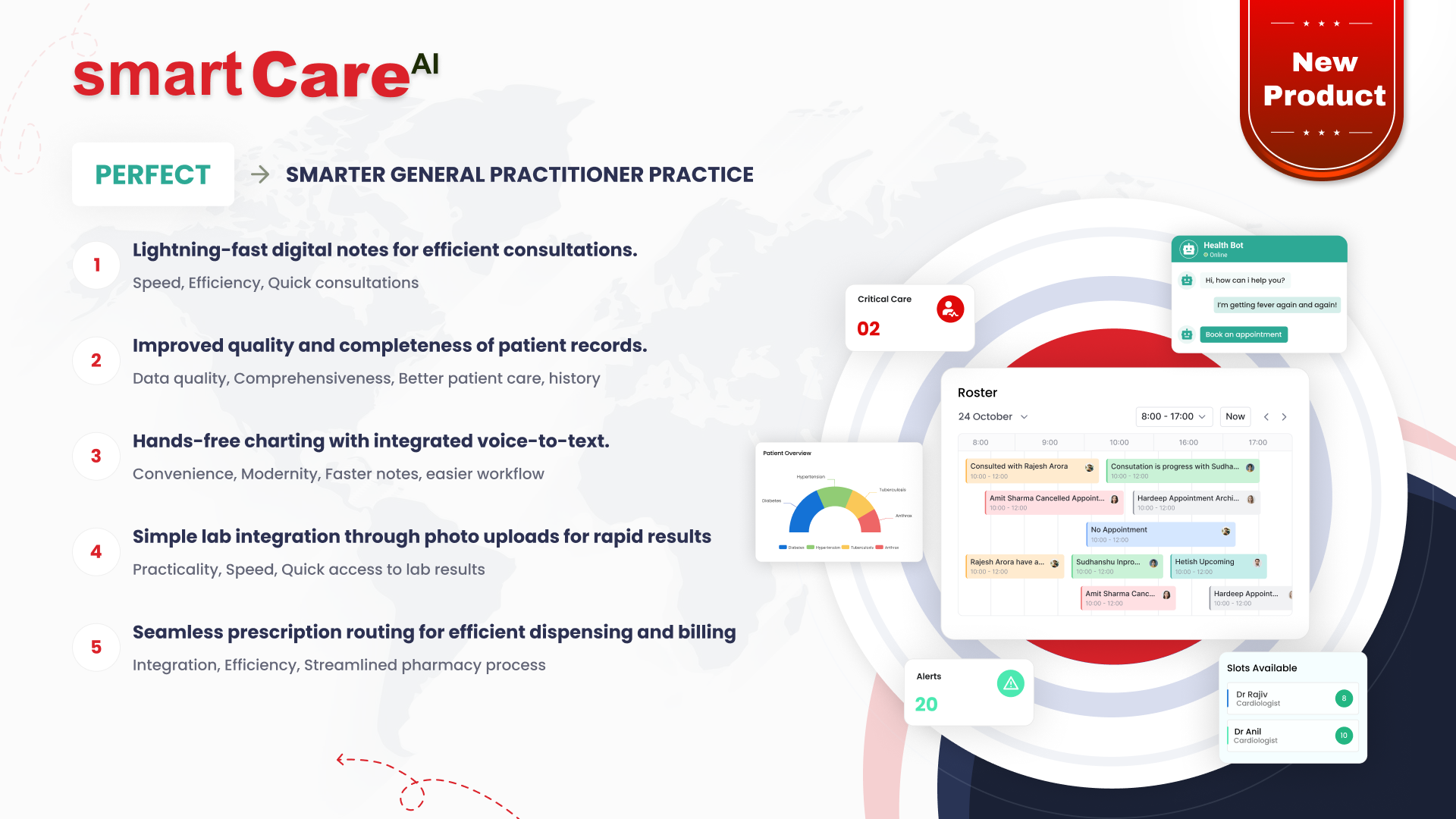
Posted On June 4, 2025
Why Custom Software Is Better Than Off-the-Shelf for Hospitals
Healthcare environments are dynamic and often complex, especially in hospital settings where patient needs, compliance regulations, and internal processes all demand seamless coordination. When it comes to healthcare software, the debate between custom-built and off-the-shelf solutions is ongoing. However, more hospitals are now leaning towards custom software—and for good reason.
Below, we explore how custom software development provides long-term value and superior performance for hospitals.
Tailored to Hospital Workflows and Daily Operations
Hospitals have unique workflows that differ based on their size, location, specialty services, and patient demographics. Custom software allows developers to build features that match the hospital’s specific operations—from patient admissions and discharge planning to inventory control and billing.
Unlike off-the-shelf products, which force hospitals to adjust their processes to fit the software, custom solutions adapt to your needs, not the other way around.
Improved Integration with Existing Healthcare Systems
Hospitals often rely on a combination of electronic health records (EHR), lab systems, imaging software, and administrative tools. Off-the-shelf solutions can fall short when trying to connect all these systems efficiently.
Custom software is designed with interoperability in mind, ensuring smooth integration with existing infrastructure. This leads to better data sharing, reduced duplication, and improved care coordination across departments.
Better Data Security and Compliance with Healthcare Regulations
In healthcare, protecting patient data is not just a best practice—it’s a legal requirement. Custom software allows hospitals to implement tailored security protocols and meet specific compliance standards such as HIPAA or GDPR.
Because it’s built with the organisation’s policies and risks in mind, custom software provides stronger data protection compared to off-the-shelf solutions, which may have limited or generic security features.
More Flexibility for Future Scaling and Feature Updates
As hospitals grow or shift their services, their software must evolve accordingly. Custom solutions provide the flexibility to scale, whether that means expanding to multiple facilities, adding new departments, or incorporating telehealth features.
Unlike off-the-shelf tools that may restrict upgrades or lock you into rigid plans, custom software can be updated and enhanced based on your evolving needs, offering long-term adaptability.
Enhanced Patient Experience Through Personalised Solutions
Custom healthcare software isn’t just for internal use—it can dramatically improve the patient experience too. Whether it’s a tailored patient portal, automated appointment reminders, or remote monitoring features, custom solutions can be developed to fit your specific patient engagement strategy.
When hospitals can offer easy-to-use, personalised digital tools, patient satisfaction and loyalty both improve—contributing to better outcomes and stronger relationships.
Fewer Unnecessary Features and Reduced System Clutter
Off-the-shelf software typically caters to a broad range of users and industries, which means it often comes with features your hospital may never need. This can result in a cluttered interface that slows down workflows and frustrates staff. Custom software, on the other hand, includes only the features you require—streamlining operations and making the system easier to use. By removing unnecessary complexity, hospitals can boost staff efficiency and minimise training time.
Long-Term Cost Efficiency Compared to Licensing Fees
While custom software might seem more expensive upfront, it often turns out to be more cost-effective in the long term. Off-the-shelf solutions usually involve ongoing licensing, upgrade, and subscription costs, which add up over time. In contrast, custom software can be developed with a one-time investment and maintained based on your specific usage. This helps hospitals control their IT budgets without being tied to vendor pricing models.
Faster Support and Maintenance from Dedicated Teams
One of the biggest frustrations with off-the-shelf software is generic customer support. You may end up waiting in long queues or receiving answers that don’t fully resolve your issue. Custom software comes with a dedicated support team familiar with your hospital’s systems and processes. This means faster response times, more relevant solutions, and minimal disruption to your day-to-day operations.
Streamlined Communication Between Departments
Custom solutions can be built with your hospital’s communication structure in mind, making it easier for departments to share data and collaborate effectively. Whether it’s automating lab result notifications or enabling real-time patient status updates between nursing and admin staff, custom software ensures smooth coordination. This reduces miscommunication and leads to better patient outcomes.
Designed to Grow with Your Hospital’s Unique Needs
Hospitals are constantly evolving—adding departments, expanding services, and adopting new medical technologies. Off-the-shelf software might struggle to keep up with these changes or require costly upgrades. Custom software is built with scalability in mind. It can evolve alongside your hospital, supporting new features, workflows, or integrations as needed without major overhauls.
Conclusion
Choosing between custom and off-the-shelf software is more than just a budget decision—it’s about finding the right fit for your hospital’s present and future. Custom software offers tailored functionality, long-term cost savings, dedicated support, better communication, and the ability to scale with your growth. For hospitals looking to enhance performance, improve care delivery, and remain future-ready, custom software development stands out as the better choice.
Explore how Smart Data can help you build custom healthcare solutions that truly align with your goals at smartdatainc.com.
